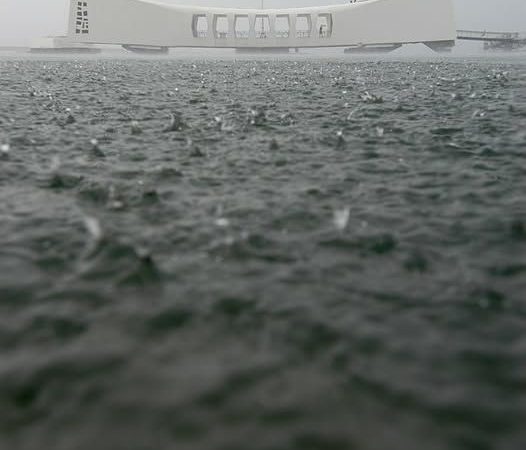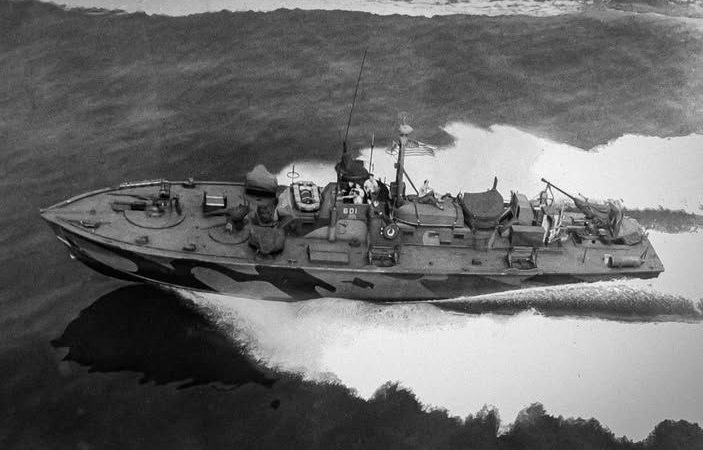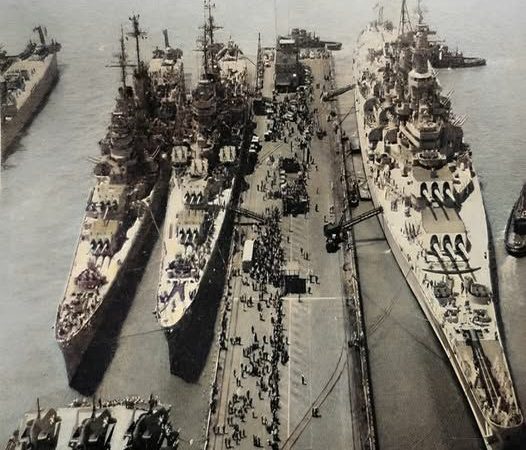USS Batfish (SS-310): The Balao-Class Submarine Through Time – 1943 vs 2013
The USS Batfish (SS-310) is a Balao-class submarine that played a pivotal role during World War II, earning its place in history due to its extraordinary service. Commissioned in 1943, the Batfish became one of the most successful submarines of the war, famed for sinking three Japanese submarines in just 76 hours—a feat unmatched in the Pacific Theater.
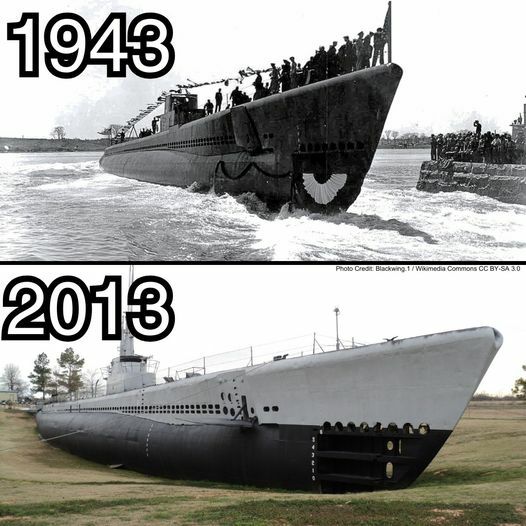
1943: War-Era Legacy
Launched on May 5, 1943, the USS Batfish was designed as part of the U.S. Navy’s efforts to modernize its submarine fleet. Balao-class submarines were an evolution of the earlier Gato-class, with improved dive depth and structural enhancements. The Batfish displaced 1,526 tons on the surface and 2,391 tons submerged, with a length of 311 feet and a beam of 27 feet.
Equipped with 10 torpedo tubes (six forward and four aft), the Batfish was armed with torpedoes capable of sinking large enemy vessels. It also had deck guns and anti-aircraft weapons. The submarine could dive to depths of about 400 feet and maintain a top surface speed of 20.25 knots. Its operational range was 11,000 nautical miles at a speed of 10 knots, making it a formidable vessel in the Pacific campaign.
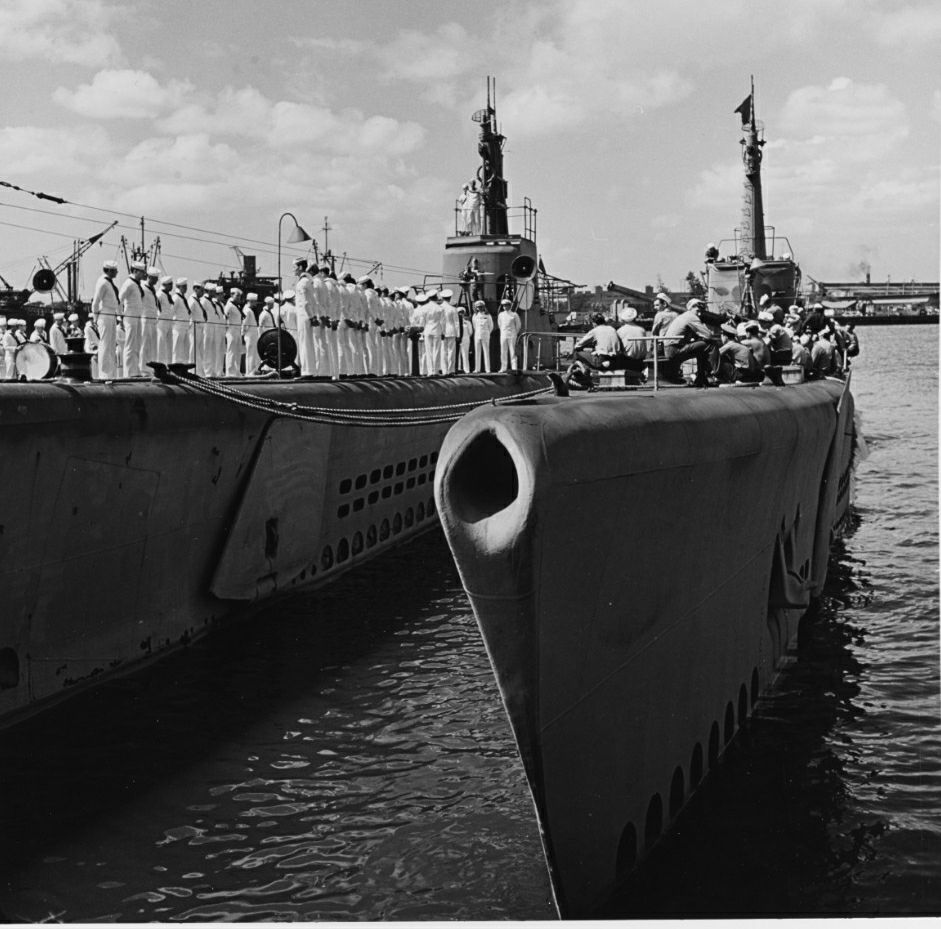
The Batfish’s most notable achievement came during its sixth war patrol in February 1945, when it sank three Japanese submarines in less than four days. This incredible feat contributed significantly to the U.S. war effort and established the Batfish as one of the most successful submarines of the war.
By the end of World War II, the USS Batfish had completed seven war patrols, sinking a total of 15 enemy vessels, and earning numerous commendations, including the prestigious Presidential Unit Citation.
2013: A Historical Monument
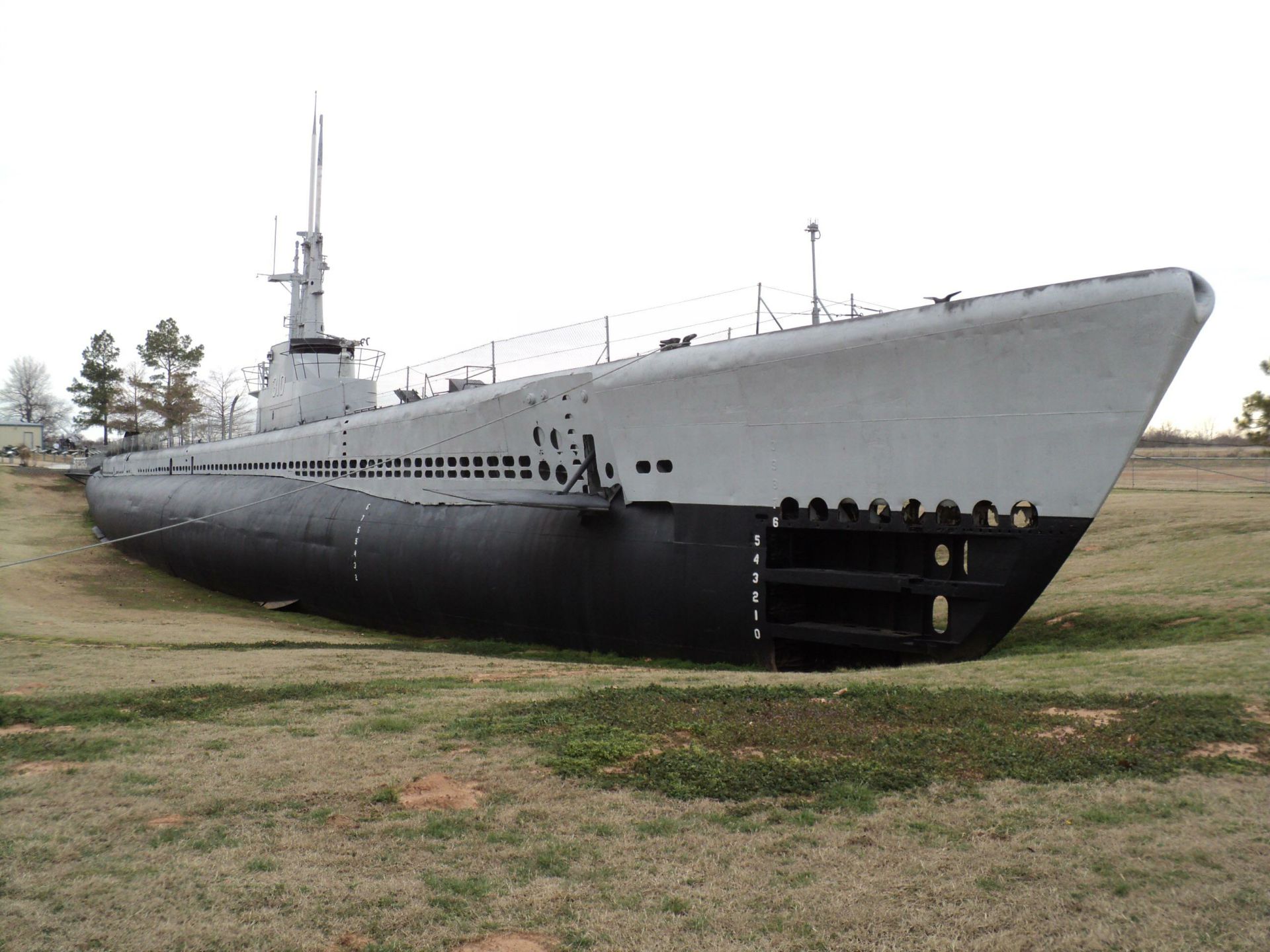
In the post-war years, the Batfish was decommissioned and placed in the reserve fleet before being converted into a museum ship in 1972. By 2013, the USS Batfish had become a permanent exhibit at the Muskogee War Memorial Park in Muskogee, Oklahoma. Although no longer active, the submarine serves as a lasting reminder of the bravery and technological advancements of World War II.
Visitors in 2013 could walk through the preserved submarine, gaining insight into the daily lives of the crew and the conditions they endured during wartime patrols. The Batfish remains remarkably well-preserved, and efforts to maintain its historical integrity continue to this day.
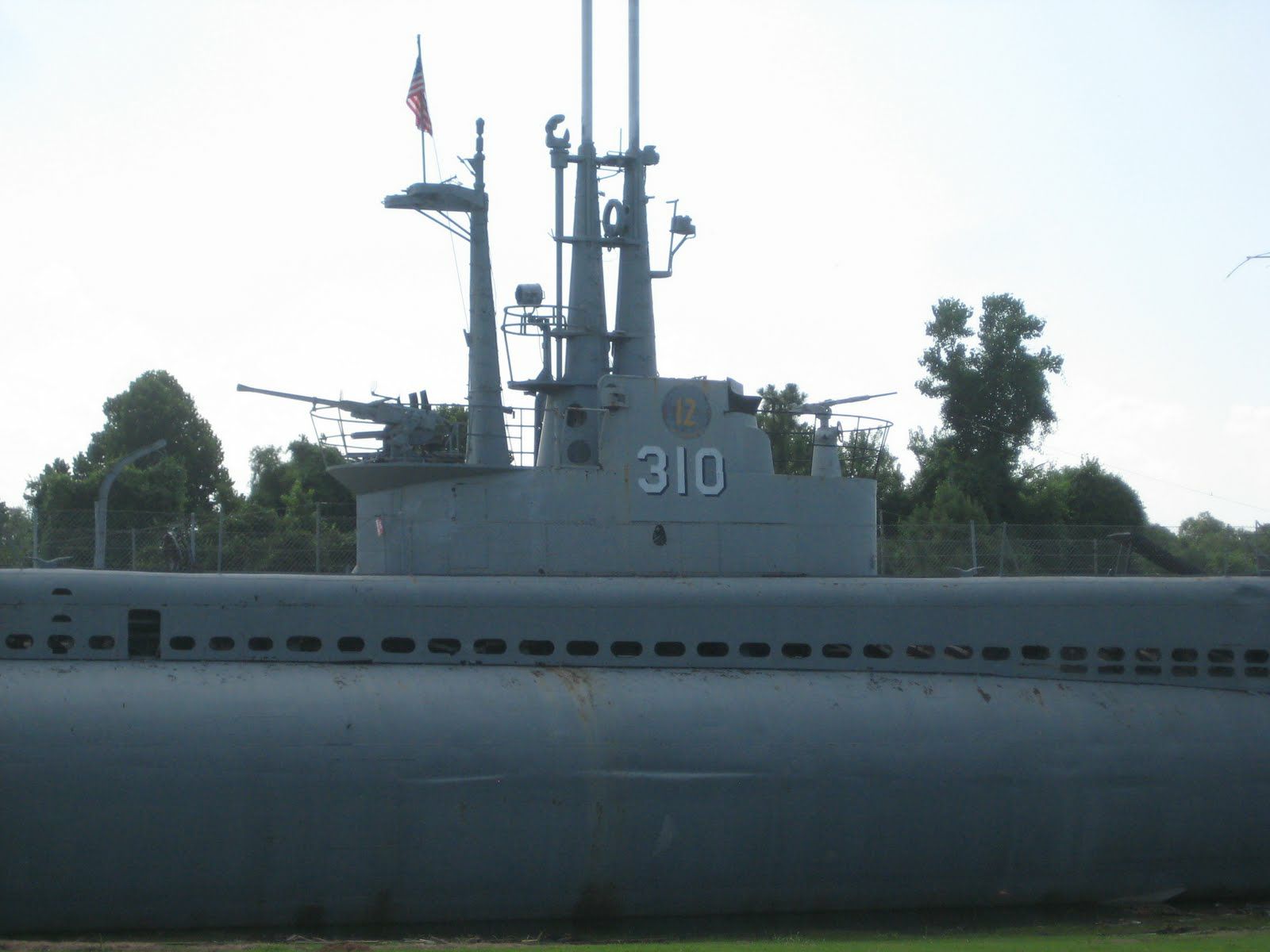
The year 2013 marked the 70th anniversary of the Batfish’s commissioning, and the vessel stood as a symbol of the U.S. Navy’s technological innovation and the valor of the submariners who served aboard her. Though weathered by time, the Batfish continued to educate and inspire new generations about the sacrifices made during World War II.
The USS Batfish (SS-310) represents not only a key chapter in naval warfare during World War II but also a lasting testament to military history. From its commissioning in 1943 to its status as a museum ship in 2013, the Batfish remains a significant symbol of American naval prowess and historical preservation. Its transformation from an active warship to a historical monument highlights both the technological advances in submarine warfare and the importance of remembering the legacy of those who served.

